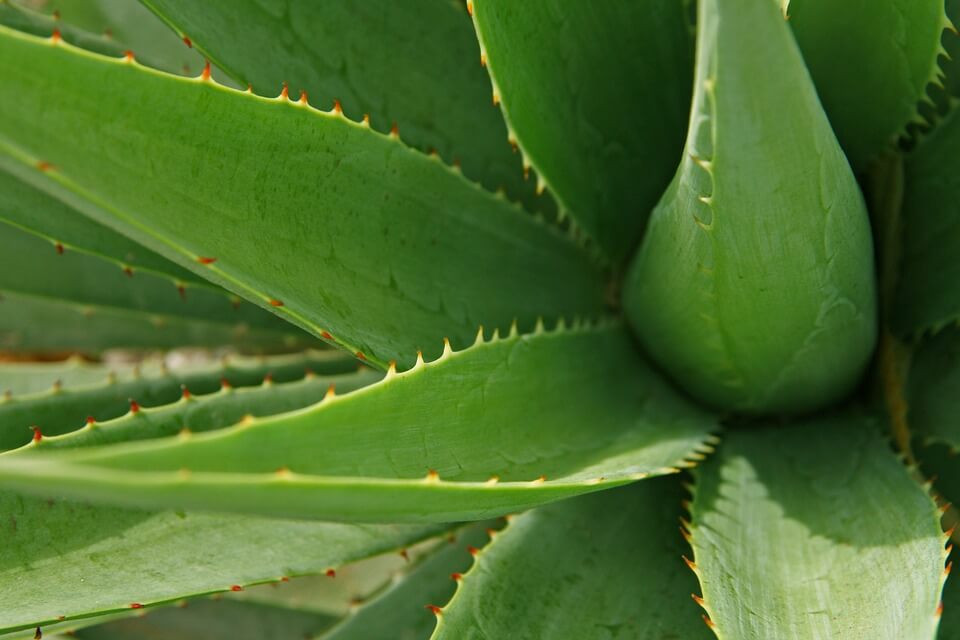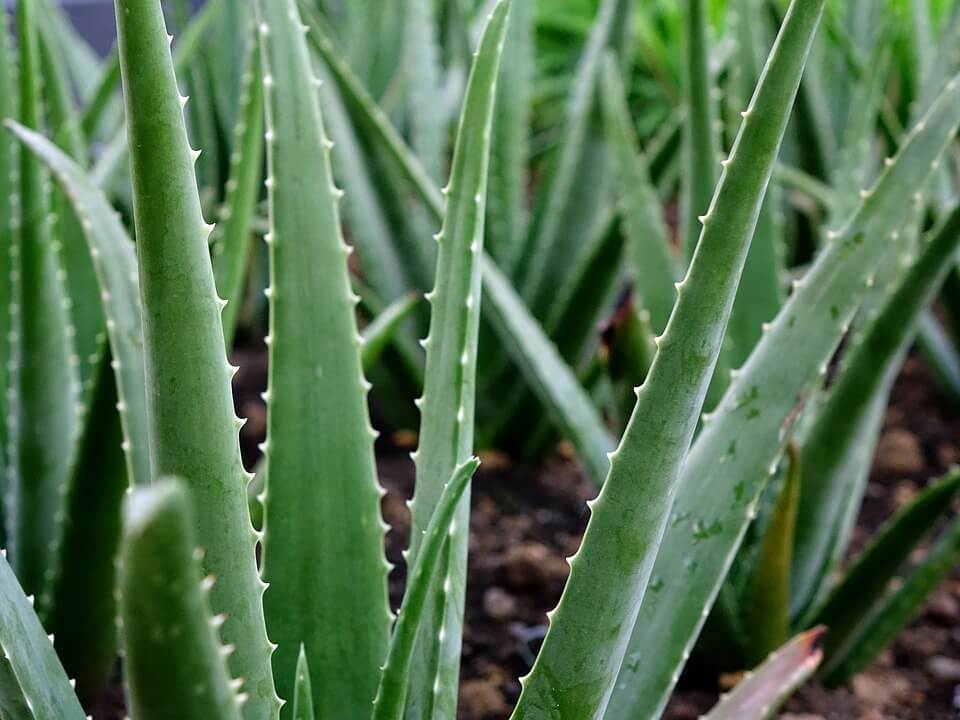How to Harvest Aloe Vera Without Killing Them
People are growing increasingly self-conscious. The more they do so, the more they realize that it is not possible without being environmentally sensitive. As a result, people keep indoor plants for medicinal and other natural therapeutic purposes.
Aloe vera is a well-known indoor plant. It is an extremely effective healer for burns, wounds, and other skin diseases, and it also improves skin look. Eating aloe vera has the same therapeutic properties. Aloe vera helps intestinal healing in addition to aiding digestion and lowering inflammation.
Despite having so many advantages, this plant requires relatively little care. Aloe is innately set-and-forget, which means they thrive when not over-tended.
If given enough sunlight and water, the aloe plant may thrive in almost any home. However, if it is not correctly trimmed for usage, it will perish. So, in this essay, we will discuss how to cut an Aloe Vera without harming it.
Table of Contents
The Proper Way to Trim an Aloe Vera – Acquiring the Appropriate Trim

Making aloe vera cuttings necessitates the use of several tools. If you opt to snap off the leaves with your hands, use a sharp and clean knife to avoid tearing the edges and keeping it looking lovely. Remove a sprout near to the ground when it is more than an inch or two in length to start a new aloe. Allow the plant to scab over before transplanting it to new potting soil:
Step 1
The first step is to gather a set of sharp cutleries. It will be tough to cut correctly if you use a blunt instrument. As a result, a sharp blade or even scissors should be used. If your huge plant has gone wild, you must take it with clippers.
Step 2
After selecting your cutting tool, the next step is to disinfect it before using it on your plants. If necessary, wipe the blade with alcohol and let it dry.
Step 3
Begin by removing leaves that have become damaged or rotting. By shifting the branches and leaves, ensure that any dry, brown, or dead leaves are discovered. A lack of water or an overabundance of water, as well as bad lighting, are major reasons of fading leaves. Remove any leaves that are visibly discolored or unhealthy. These leaves may contain pests or illnesses, and they must be removed to keep the plant healthy. Use a knife or scissors to cut them at the stem. However, be cautious when removing diseased leaves so that you do not damage healthy ones.

Step 4
When cutting aloe vera, it is advisable to remove as many leaves from the bottom of the plant as possible and to cut close to its main stem. For aesthetic reasons, cutting a leaf in half is preferable to harvesting a complete one at a time.
Step 5
Aloe Vera are fast-growing succulents that can grow up to three feet tall. Keeping an aloe alive in a pot or on a potted patio necessitates sporadic, but never regular, pruning. Aloe vera normally begin to mend on their own within 2-3 days of being cut. Because pruning removes many of the nutrients that a plant needed to stay healthy and nourished, prune only when necessary.
The plant needs many nutrients to survive and thrive, and snipping removes part of those resources. So, give them ample time to recuperate and avoid cutting the leaves too regularly. Because cutting numerous leaves at once can result in the death of an aloe vera.
Step 6
Trim the plant’s outer leaves at the stem’s base, keeping the leaves clean. This will make it possible for the plant to fit into the container. Lower leaves on this plant typically shed on their own over time. Because aloe vera should be trimmed from bottom to top, the ideal way is to remove them from bottom to top.
Step 7
Flowers can be produced by several species of Aloe vera. They will, however, only blossom once, during the summer months. While trimming your Aloe, it is also a good idea to remove any worn-out blossoms. Dead leaves and flowers that are not removed can attract pests if they are left on the ground.
Step 8
Aloe vera must be propagated in order to control their size because they produce pups or young plants, which produce additional new plants. If juvenile seedlings are not separated from the mother plant, Aloe Vera can become very compact.
Step 9
To keep your Aloe Vera in the pot, you must use their young plants to keep them tame. When a potted Aloe is not divided, numerous Aloes can develop in a too small container, resulting in multiple Aloe. If you use aloe leaves frequently, you can propagate Aloe Vera to utilize as a supply of juice from Aloe Vera leaves. This will ensure that the plant grows large enough to use the sap from the Aloe leaves on a regular basis. Although it is more difficult, you can propagate from the offshoots rather than the leaves.
That was all about how to cut aloe vera without destroying them. If you follow the instructions above, your aloe vera will be healthier and produce better results. Nonetheless, if you intend to use aloe vera on a frequent basis, such as having more family members, you should have more than one aloe vera. Then you can frequently cut leaves from each of the plants without having to worry about killing them.
More about: Gardening




